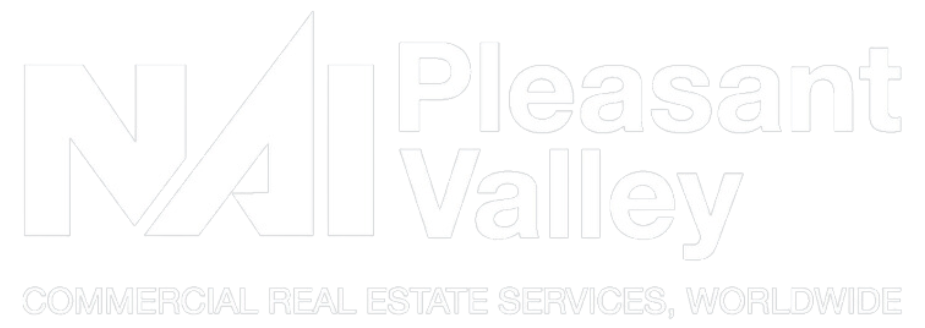Different Applications of the Real Estate Spread
 On the eve of yet another youth soccer season, I recently took my son to the sporting goods store to buy a new pair of soccer shoes. We narrowed the choice to three – a relatively inexpensive pair, a moderately priced pair and an expensive pair. And to my surprise (or shock), my son didn’t immediately focus on the most expensive pair. Instead, he began to ask questions about why there was such a difference in price. And this led to a whole discussion about cost versus benefit and choosing the appropriate tool – in this case, a shoe – to fit the need.
On the eve of yet another youth soccer season, I recently took my son to the sporting goods store to buy a new pair of soccer shoes. We narrowed the choice to three – a relatively inexpensive pair, a moderately priced pair and an expensive pair. And to my surprise (or shock), my son didn’t immediately focus on the most expensive pair. Instead, he began to ask questions about why there was such a difference in price. And this led to a whole discussion about cost versus benefit and choosing the appropriate tool – in this case, a shoe – to fit the need.
Most investors will secure a mortgage when purchasing real estate. While there are many reasons why the use of debt is commonplace in the world of real estate, the concept of positive leverage is at the top of the list. This concept, commonly known as “the spread,” compares the unleveraged or free and clear yield of the real estate to the interest rate of a mortgage that would be used to purchase the investment. The spread is the difference between the two rates and the greater it is, the better it is for the investor. So it should be no surprise that one of the most popular forms of analysis focuses on determining the spread. But, similar to my son’s shoe decision, there are several levels of this analysis – good, better and best. And, similar to the shoes, there is certainly a cost versus benefit decision that needs to be made when choosing which specific analysis to use.
Good
Spread between the CAP rate and the loan constant The mechanics of this particular analysis are actually pretty simple. By now, you should understand that CAP rate is determined by dividing the purchase price by the net operating income. And while the concept of a loan constant may not be familiar, it is just as simple – divide the original loan amount by the monthly payment. I will use an example for each analysis to better illustrate the process. Suppose we are looking at a property that has a purchase price of $1.4 million and an NOI of $123,404 (for details on this calculation, see the Financial Strategies column in the November 2013 issue of Properties, available at (www.propertiesmag.com). The resulting CAP rate would be 8.81%. On the debt side, we can get a loan with a 75% loan to value, 8% interest rate and a 25-year amortization. The resulting loan constant would be 9.26%. And the difference between the two, or the spread, would be 0.45%. Click here to read the rest of the article.
